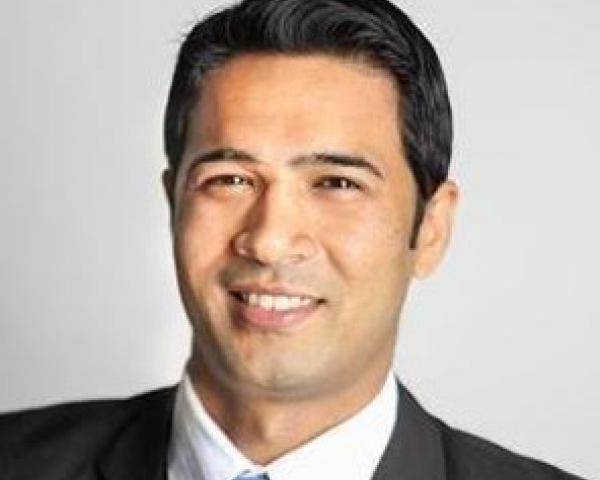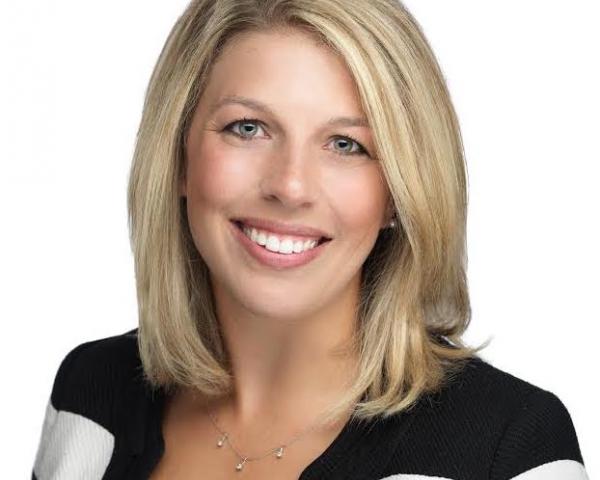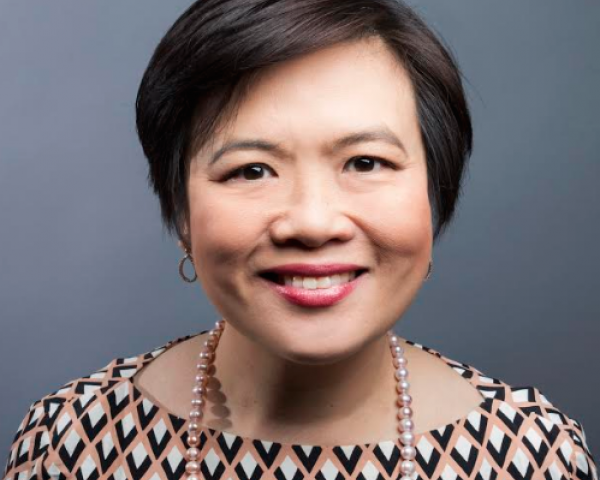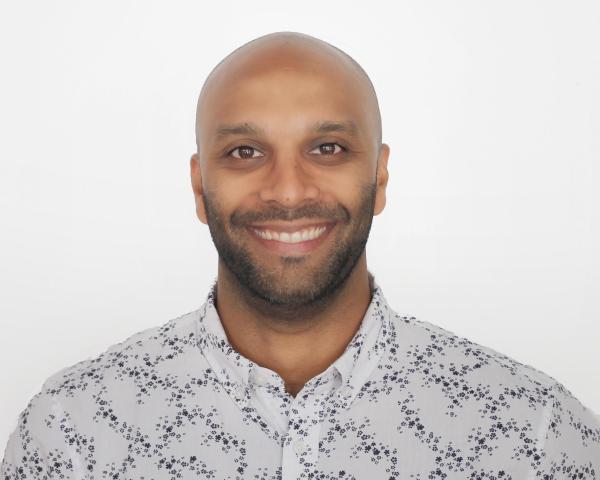2 Problems Present a Big Opportunity
As standalone long-term care policies dwindle, along with sales of life insurance, hybrid policies offer a joint solution and a new market.

As standalone long-term care policies dwindle, along with sales of life insurance, hybrid policies offer a joint solution and a new market.

Get Involved
Our authors are what set Insurance Thought Leadership apart.
|
Partner with us
We’d love to talk to you about how we can improve your marketing ROI.
|

Tony Laudato joined the Hannover Re Group in July 2012 and is currently leading the partnership solutions group that supports insurance carriers’ products, web, mobile and digital strategies that are focused on the demands of today’s consumers and reaching new markets.
Customers and distributors now expect instant gratification in day-to-day insurance transactions.

Get Involved
Our authors are what set Insurance Thought Leadership apart.
|
Partner with us
We’d love to talk to you about how we can improve your marketing ROI.
|

Brad Denning is a partner with PwC’s Financial Services Advisory practice, combining more than 20 years of industry and consulting experience. Denning is PwC’s partner sponsor for our producer management and compensation practice.

Atanu Ghosh works at Microsoft as an industry digital strategy.
A key to client relations: Time is a limited commodity, and every client does not deserve an equal share of it.

Get Involved
Our authors are what set Insurance Thought Leadership apart.
|
Partner with us
We’d love to talk to you about how we can improve your marketing ROI.
|

Leah Ohodnicki has more than 13 years of industry experience. She currently serves as SVP, U.S. head of marketing and producer management at Argo Group. Prior to joining Argo, she held a series of increasingly senior roles at Marsh, eventually becoming SVP, Central Zone marketing leader.
While 2018 was a year of exploring and experimentation for insurtech, 2019 will be the year of engaging and deepening relationships.

Get Involved
Our authors are what set Insurance Thought Leadership apart.
|
Partner with us
We’d love to talk to you about how we can improve your marketing ROI.
|

Sally Poblete has been a leader and innovator in the health care industry for over 20 years. She founded Wellthie in 2013 out of a deep passion for making health insurance more simple and approachable for consumers. She had a successful career leading product development at Anthem, one of the nation’s largest health insurance companies.
Now is the time for insurers to fill the void caused by the government shutdown, to establish goodwill and earn the trust of the American people.

Get Involved
Our authors are what set Insurance Thought Leadership apart.
|
Partner with us
We’d love to talk to you about how we can improve your marketing ROI.
|
That is looking like the wrong question. It's time to reframe the debate and consider the huge potential for gains by reinsurers.

Get Involved
Our authors are what set Insurance Thought Leadership apart.
|
Partner with us
We’d love to talk to you about how we can improve your marketing ROI.
|

Nabil Rahman is the head of product strategy at Cake & Arrow, a customer experience design agency that partners with insurance companies. At Cake & Arrow, Rahman heads a team of product managers, business analysts and UX researchers and designers.
Insurers need to speed claims handling while reducing errors, including hiccups in scheduling. AI should play a key role.

Get Involved
Our authors are what set Insurance Thought Leadership apart.
|
Partner with us
We’d love to talk to you about how we can improve your marketing ROI.
|

Barrett Coakley, senior industry marketing manager of ClickSoftware, is a software product marketing professional with expertise in on-premise and SaaS-based (software-as-a-service) solutions for businesses of all sizes.
There are many initiatives in the works that will meet new customer needs and help to solve some of the world’s most important problems.

Get Involved
Our authors are what set Insurance Thought Leadership apart.
|
Partner with us
We’d love to talk to you about how we can improve your marketing ROI.
|

Mark Breading is a partner at Strategy Meets Action, a Resource Pro company that helps insurers develop and validate their IT strategies and plans, better understand how their investments measure up in today's highly competitive environment and gain clarity on solution options and vendor selection.
Although there’s still much work to be done, most insurers are now well-positioned to capitalize on their investment in technology.

Get Involved
Our authors are what set Insurance Thought Leadership apart.
|
Partner with us
We’d love to talk to you about how we can improve your marketing ROI.
|

Mike de Waal is senior vice president of sales at Majesco.
Why couldn't PG&E have seen the dangers of wildfires in advance? And where were the insurers?

For those of us who are long-suffering customers of PG&E Corp., the giant northern California utility's announcement that it will file for bankruptcy protection could be seen as same old, same old. After all, this is PG&E's second trip to bankruptcy court just since the dawn of the new millennium—the first, in 2001, followed a botched attempt to deregulate the electricity market. In 2010, negligence by PG&E led to the explosion of a natural gas pipeline in a San Francisco suburb that killed eight people and cost the utility $2.5 billion in fines and legal settlements. Over the past two years, we all witnessed the record wildfires and read about PG&E's likely role, which the company says has led to about $30 billion in liabilities—that it will now try to duck in bankruptcy proceedings.
No one is going to be writing a business-school case study about good management at PG&E any time soon.
But there are two questions that transcend PG&E's managerial dysfunction and that I'd like to hit here, so we can avoid repeating the problems.
The first is: Why couldn't PG&E see the wildfires coming and spend more effort on prevention? The second is: Where were the insurers?
Climate change isn't exactly a secret. Nor is it hard to see the dangers of running high-voltage electric lines over increasingly dry forests and grasslands—with the exception of one very wet winter, California has suffered a dry spell/drought for more than a decade. So, PG&E should have been inspecting lines, clearing trees and brush away from danger areas, etc. The insurers should have been right there, too, insisting on seeing the results of inspections and looking for means of prevention, rather than just pricing the risk and then writing big checks.
Based on some exposure to how utilities operate from a project at the Department of Energy in 2010, I'm not overly surprised by the lack of thinking ahead on the part of PG&E. Do you know how utilities learn about power outages? Phone calls. If they get a bunch of complaints from the same area, they know a line is down and send a crew out to drive up and down streets to try to spot it. The joke at the DOE was that if Alexander Graham Bell came back to life and saw today's phones, he'd be amazed, but if Thomas Edison could see today's electric grid, he'd say, "Yeah, that's about how I left it."
The lack of forward thinking by insurers disappoints me even more than risk management sloth on the part of PG&E, because we've all been talking for years now about how the industry can become more of an adviser and help clients prevent problems, rather than just price risk and indemnify clients afterward.
I hope PG&E serves as a wake-up call, not just on its specific climate change and management issues, but on the broad need to face up to emerging risks and to do the hard work of prevention. One disaster like the fire that wiped out Paradise—killing at least 86, displacing tens of thousands and burning down tens of thousands of buildings—is one too many.
Have a great week.
Paul Carroll
Editor-in-Chief
Get Involved
Our authors are what set Insurance Thought Leadership apart.
|
Partner with us
We’d love to talk to you about how we can improve your marketing ROI.
|

Paul Carroll is the editor-in-chief of Insurance Thought Leadership.
He is also co-author of A Brief History of a Perfect Future: Inventing the Future We Can Proudly Leave Our Kids by 2050 and Billion Dollar Lessons: What You Can Learn From the Most Inexcusable Business Failures of the Last 25 Years and the author of a best-seller on IBM, published in 1993.
Carroll spent 17 years at the Wall Street Journal as an editor and reporter; he was nominated twice for the Pulitzer Prize. He later was a finalist for a National Magazine Award.